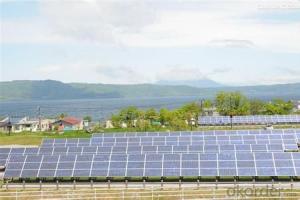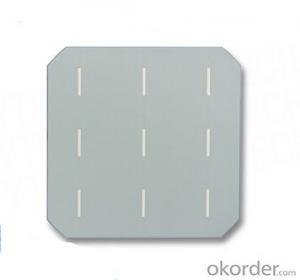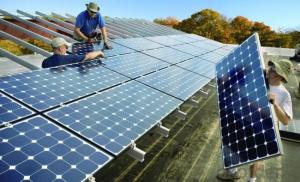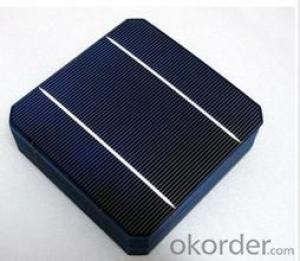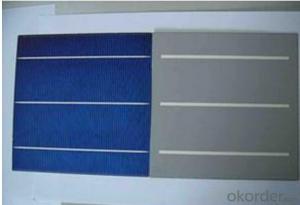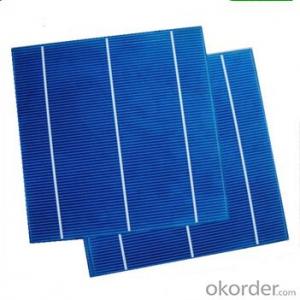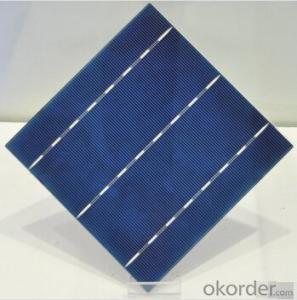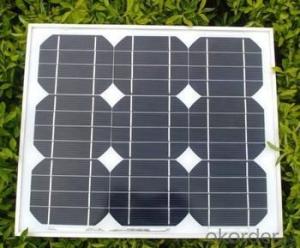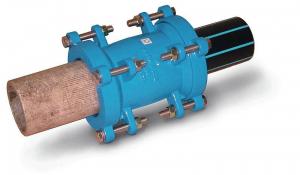Flexible Silicon Solar Cells
Flexible Silicon Solar Cells Related Searches
Solar Panel Inverter For Rv Solar Panel Kit With Inverter Inverter Used In Solar Panel Best Inverter Solar Panel Solar Panel On Roof Rack Solar Panel To 240v Inverter Solar Panel To Inverter Ratio Solar Panel Mini Inverter Solar Panel Inverter Battery Solar Panel Inverter BoxHot Searches
Cheap Solar Cells For Sale Flexible Solar Cells For Sale Printed Solar Cells For Sale Bulk Solar Cells For Sale 6x6 Solar Cells For Sale Broken Solar Cells For Sale Cpv Solar Cells For Sale Price Of Silicon Solar Cells Price Of Solar Cells Over Time Buy Solar Cells From China Cheap Solar Cells China Best Type Of Solar Cells Flexible Solar Cells Price 3 Types Of Solar Cells Production Of Solar Cells Common Types Of Solar Cells Q Cells Solar Panel Prices Home Depot Solar Cells N-Type Solar Cells Buy Solar Cells WholesaleFlexible Silicon Solar Cells Supplier & Manufacturer from China
Okorder.com is a professional Flexible Silicon Solar Cells supplier & manufacturer, offers integrated one-stop services including real-time quoting and online cargo tracking. We are funded by CNBM Group, a Fortune 500 enterprise and the largest Flexible Silicon Solar Cells firm in China.Hot Products
FAQ
- Solar cells typically do not perform optimally in areas with high levels of snowfall. The accumulation of snow on the surface of solar panels obstructs sunlight from reaching the cells, reducing their efficiency. However, advancements in technology and the tilt angle of solar panels can help minimize this issue by allowing the snow to slide off more easily. Additionally, regular maintenance practices such as clearing the snow can help ensure better performance during snowy periods.
- What is the most commonly used material for solar cells?
- It is mainly the crystalline silicon materials (including polysilicon and monocrystalline silicon), its market share in more than 90% and in the future for a long period of time will still be the main material of solar cells.
- Solar cells are connected in a photovoltaic system through series and parallel connections to form strings and modules, which are then connected to inverters to convert the generated DC electricity into AC electricity for use in homes or businesses.
- Solar cells are highly efficient in converting sunlight into electricity, with the most advanced ones achieving an efficiency of around 20-25%. However, the average efficiency of commercially available solar panels is typically around 15-20%.
- The role of charge controllers in solar cell systems is to regulate and optimize the charging process of the batteries connected to the solar panels. They monitor the voltage and current levels from the panels and ensure that the batteries are charged efficiently and safely. Charge controllers also protect the batteries from overcharging, over-discharging, and other potential damage, ultimately extending their lifespan.
- How does the solar cell work properly?
- When sunlight enters a certain structure, the photons provide the energy to activate the semicondcutore to generate power.
- Can I trust the suppliers for film solar that I found on alibaba ?
- From my own experience, I think they are pretty reliable because you can search all the information including the factory's address, product details, etc. all on the website.
- Yes, solar cells can be used in weather monitoring systems. Solar cells can convert sunlight into electrical energy, which can power various weather monitoring instruments such as sensors, data loggers, and communication devices. This allows for a self-sustaining and environmentally friendly operation of weather monitoring systems, even in remote or off-grid locations. Additionally, solar cells can be integrated into the design of weather stations or buoys, enabling continuous power supply for uninterrupted data collection and transmission.









